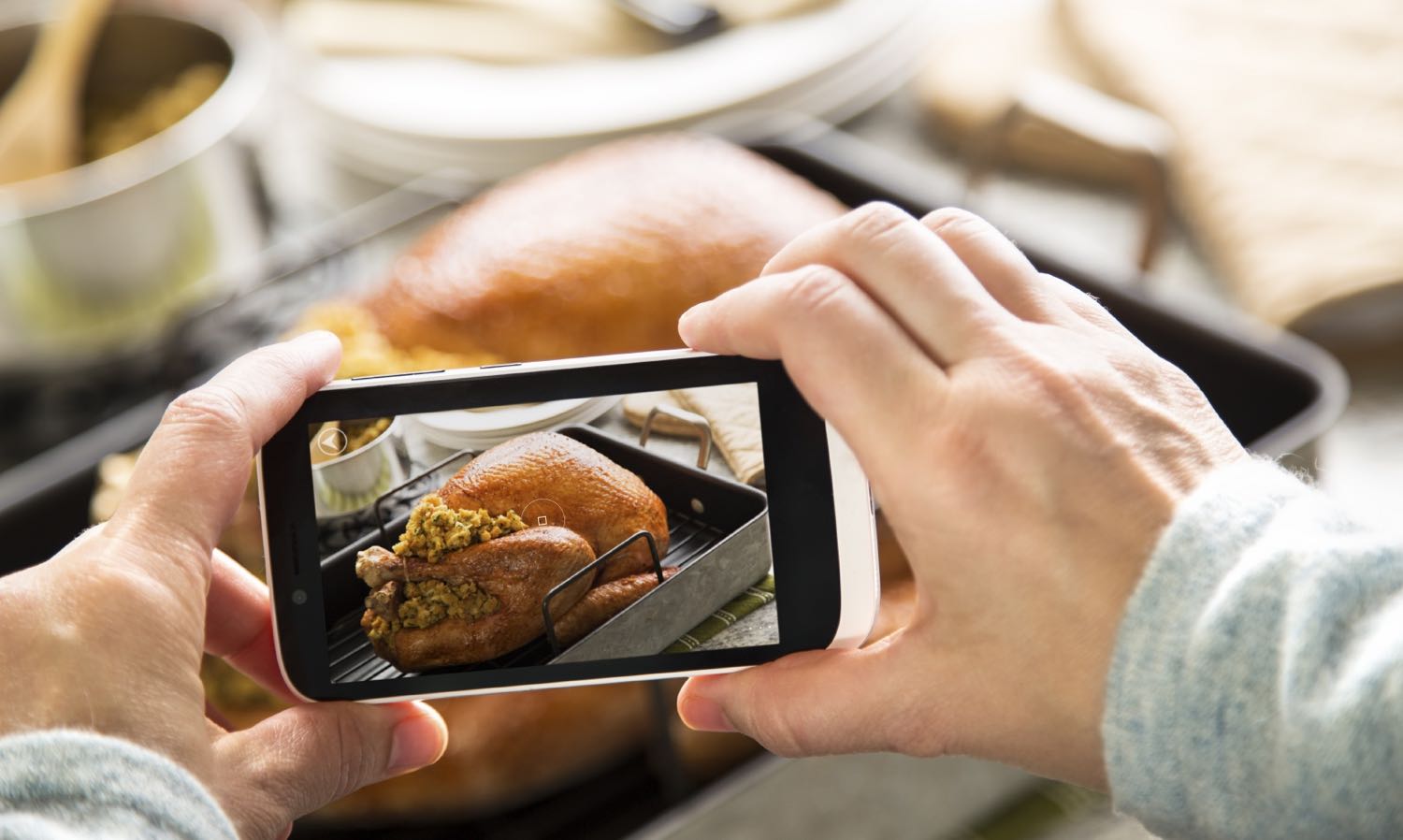
Playing Guessing Games With Your Food
Many of the eating habits from our early childhood tend not to serve us well later on in adulthood as we strive to get into better shape.
Since many of us weren’t educated about portion sizes and meal timing in our youth, we tend to overlook the amount of food we consume on a regular basis.
Having a written food log tends to overcome this (see Why You Should be Using a Food Log), however itemizing food on a regular basis can seem like an overwhelming task if we’re not well conditioned to do it.
This can become even more cumbersome for individuals eating more than 3 meals per day.
In my opinion, food logging is now more important than ever because of the larger portions being offered at dine-in restaurants and meal delivery services.
When we don’t take into account of the portion sizes, it’s very easy to gain body fat gradually over time without notice.
Since food logging is something that professional bodybuilders and fitness models tend to track food habitually, newcomers to the fitness lifestyle may find difficulties adapting to this.
Taking photos of your meals throughout the day can be an easier modification to food logging. With smartphone technology available at our fingertips we can now log our meals much easier and more accurately than before.
This article will go over the benefits of using your smartphone to fine-tune your diet for the best results with your fitness program.
How to Use Your Smartphone to Track Your Calories
When Steve Jobs introduced the iPhone in 2007, it was the biggest breakthrough in mobile technology that helped transformed society as we know it.
The phone not only had the full functionality of a laptop, but it also came with a small camera to help us capture some of our most precious memories.
Some of the most precious moments are the meals that we share with friends, family, and especially ourselves. Frequently you’ll see someone you know or a stranger take pictures of their food on their smartphone with artistic precision to capture a savory moment.
The Journal of Marketing Research even found that this behavior made our anticipation and attitudes towards our food change, as it made us perceive the food having a better taste.
Not only does food photography help us perceive the taste of our meals much differently, but it also gives an accurate depiction of how much food we’re actually consuming.
When calories are broken down into macronutrients (protein, carbohydrates, fats), we can get a specific analysis of the portion sizes.
Portion sizes are important because it can determine how much macronutrients (protein, carbohydrates, or fats) we’re consuming for each meal. If you have difficulty losing fat during your diet, you can go back and adjust the amount of carbohydrates based on the portion sizes you recorded.
As food photography has transformed from an exclusive artform to a commonplace activity for the masses, we can learn how to take great photos of meals and document them for our benefit.
As long as your photo has proper lighting and is well centered in the frame, the aesthetics of the picture should be good enough to detail enough information for your food log.
When you capture the picture, your next task is to document the serving sizes for each food group in the photo (see How to Use the Portion Sizing Method).
The first step is to identify each food group in each photo. Whether it’s protein, carbohydrates, or fats, you should be able to estimate the amount of food on your plate by hand/palm measurements (ex. 1 serving of rice = 1 palm, 1 serving of veggies = 1 fist).
The second benefit of taking photos regularly throughout the day of your food is the timestamp. The timestamp of the photos record when your consuming food in the day, making it simple to determine the amount of hours spent in a fasted/fed state each day (see What is Intermittent Fasting).
Once you capture the serving sizes and times, simply record this information into your food log and itemize it.
The Wrap Up
Taking photos with your smartphone can benefit you by getting rid of old habits of eating large portion sizes and taking into account the types of food you’re regularly consuming. While food logging is still a tedious activity, it’s much simpler today because of photographs that give us a timestamp of what/when we’re eating.
What else do you want to know?
What is Intermittent Fasting?
Why You Should Be Tracking Your Meals
Why Changing Your Diet Style Is Irrelevant for Fat Loss
How Carb Sensitivity Can Effect Fat Gain

Leave a Reply
You must be logged in to post a comment.